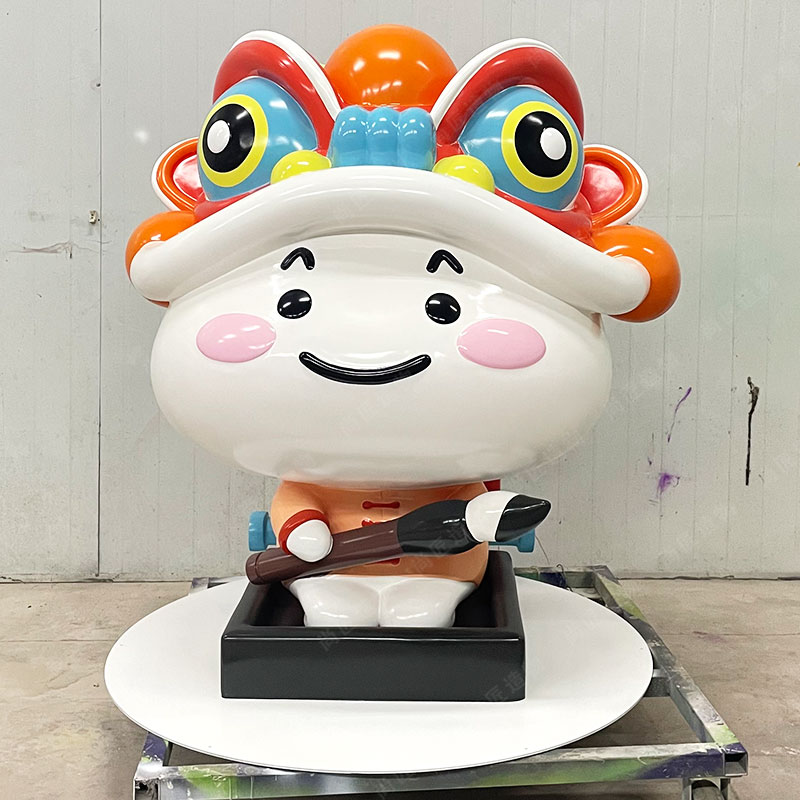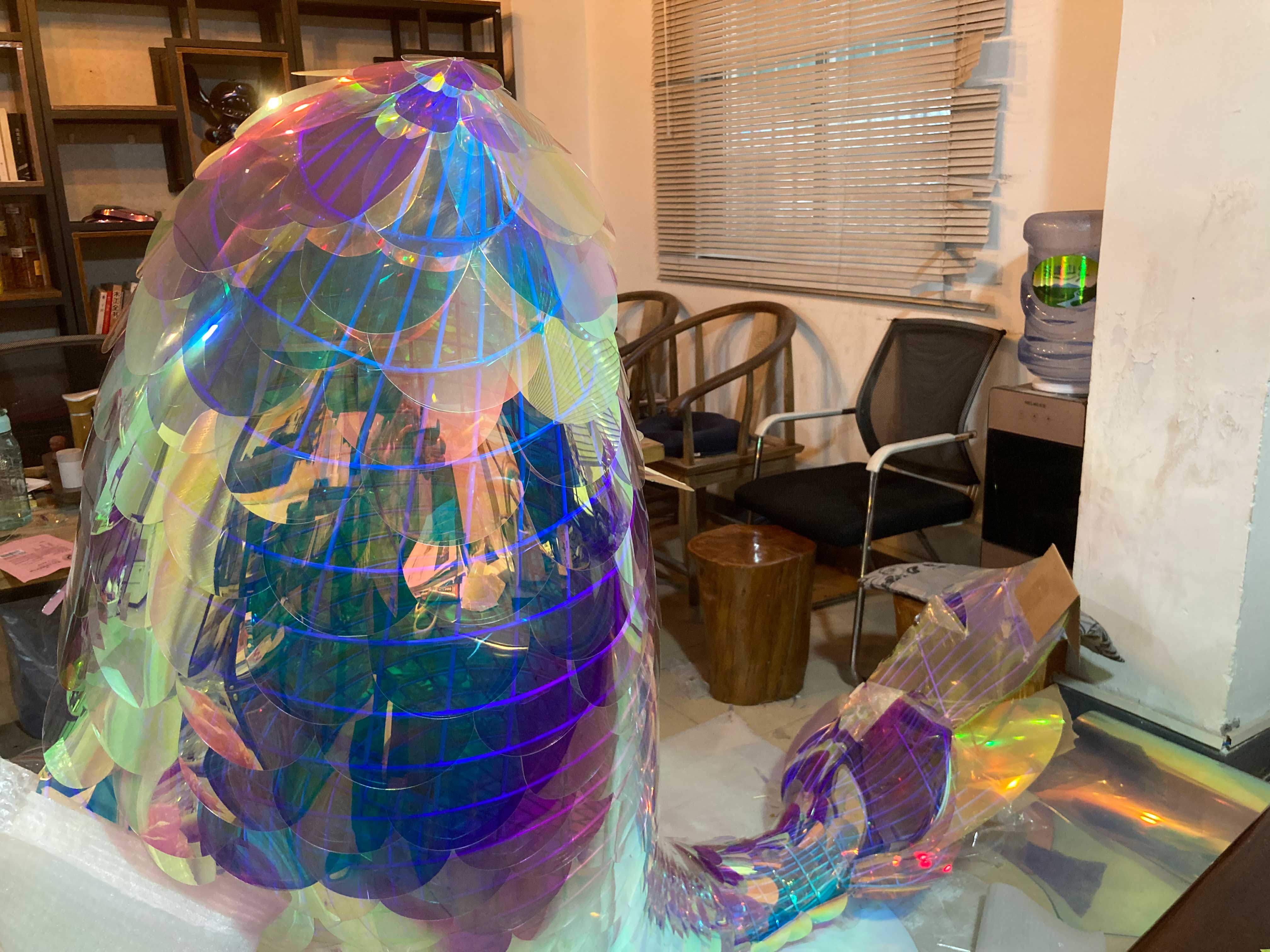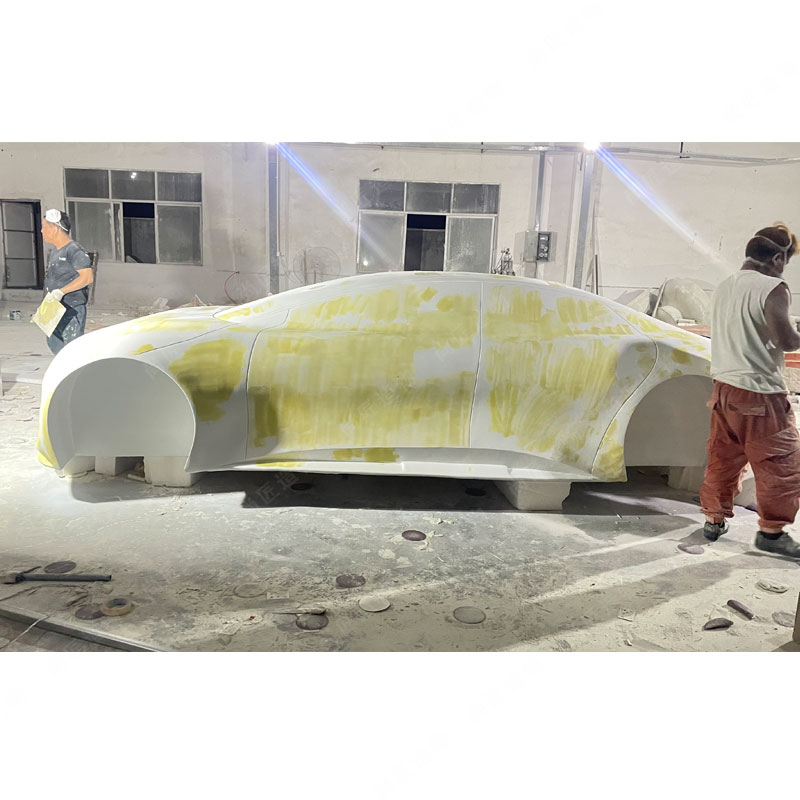Key Takeaways
When selecting contemporary abstract steel art, focus on three core elements: scale, texture, and placement. These factors determine how effectively the piece interacts with its environment to create visual interest.
| Factor | Consideration | Example Application |
|---|---|---|
| Scale | Match artwork size to wall/room dimensions | Oversized panels for open lobbies |
| Texture | Contrast smooth vs. brushed finishes | Reflective surfaces for dark rooms |
| Placement | Align sightlines with natural movement | Elevate sculptures near staircases |
"Abstract steel art thrives on tension—between industrial materiality and emotional expression. Scale isn’t just measurement; it’s about presence." — Renowned metal sculptor Lina Voss.
For authenticity, verify the artist’s portfolio and exhibition history. Reputable creators often collaborate with galleries or public institutions, which can be cross-referenced online. Material quality matters too: look for corrosion-resistant alloys like 316L stainless steel, especially for outdoor displays.
Tip: Use directional lighting (e.g., LED track systems) to emphasize texture shifts. A 30-degree angle minimizes glare while casting dynamic shadows.
Budget-conscious buyers should prioritize structural integrity over decorative flourishes. A well-crafted IP character sculpture might cost more upfront but retains value as a signature piece. Balance investment by allocating 60% to the artwork and 40% to complementary elements like pedestals or lighting.

Understanding Contemporary Abstract Steel Art Basics
Contemporary abstract steel art reimagines industrial materials through non-representational forms, blending geometric precision with organic fluidity. At its core, this art form emphasizes three foundational elements: form, composition, and negative space. Unlike Realistic sculpture, which prioritizes lifelike representation, abstract steel works focus on evoking emotion through asymmetrical balances and manipulated surfaces. Artists often employ techniques like plasma cutting, welding, and oxidation to create textures that interact with light and shadow.
The genre traces its roots to early 20th-century modernist movements, particularly Constructivism, where steel’s structural potential first merged with artistic experimentation. Today’s practitioners build on this legacy by exploring how raw, unfinished edges contrast with polished planes—a dialogue between industrial origins and refined aesthetics. Understanding these basics helps buyers recognize intentional design choices, such as how angular voids in a sculpture might frame environmental views or how patina variations suggest natural weathering processes. This knowledge forms the groundwork for evaluating how abstract steel pieces can harmonize with architectural elements in modern interiors.
Scale and Proportion for Modern Interior Spaces
Selecting contemporary abstract steel art that harmonizes with a room’s dimensions requires careful analysis of scale and proportion. A piece too large risks overwhelming a compact area, while one too small may fade into the background of a spacious setting. Begin by measuring the intended display area—wall height, floor space, and sightlines from key vantage points. For example, a freestanding sculpture in an open-concept living area should command attention without obstructing movement, whereas wall-mounted works benefit from alignment with furniture groupings or architectural features like fireplaces or staircases.
Consider the interplay between the artwork’s visual weight and negative space. Geometric abstractions with bold angles often demand more breathing room, while fluid, organic forms can adapt to tighter configurations. For rooms with high ceilings, vertical compositions create dynamic tension, while horizontal pieces anchor wide walls. If space constraints challenge traditional steel sculptures, explore hybrid options like fiberglass sculptures, which offer similar aesthetic impact with greater flexibility in scaling. Always prioritize balance: the artwork should complement, not compete with, the room’s existing rhythm.
Evaluating Texture and Finish in Steel Artwork
Texture and finish critically influence how contemporary abstract steel art interacts with light and space. Unlike flat surfaces, varied textures—such as hammered grooves, brushed patterns, or welded seams—create dynamic shadows that shift with ambient lighting. For instance, a stainless steel sculpture with a matte finish may absorb light softly, while a polished surface reflects it dramatically, altering the artwork’s presence in a room.
When assessing texture, consider both tactile and visual qualities. Tactile textures invite closer inspection, adding depth to minimalist interiors, while smoother finishes suit high-traffic areas by reducing dust accumulation. Finishes like patina or powder coating also affect longevity; oxidized steel develops a rust-like appearance over time, ideal for industrial themes, whereas galvanized coatings prevent corrosion in humid environments.
Artists often use finish choices to emphasize thematic contrasts—rough versus refined, organic versus geometric—making it essential to align these details with the intended ambiance. A piece’s finish should harmonize with its surroundings without overshadowing other design elements, ensuring it remains a cohesive focal point rather than a disruptive outlier.
Strategic Placement for Visual Impact Dynamics
Effective placement of contemporary abstract steel art requires balancing spatial awareness with artistic intent. Begin by evaluating the artwork’s relationship to architectural elements—positioning pieces at eye level or slightly above ensures visibility while creating dialogue with surrounding structures. For open-plan interiors, consider anchoring the artwork near transitional zones, such as stairwells or entryways, to establish rhythm without overwhelming the space.
Scale plays a critical role: larger works thrive in minimalist settings as standalone focal points, while smaller sculptures benefit from clustering or pairing with complementary decor. For example, a geometric steel piece might harmonize with organic textures like wood or stone, enhancing contrast. Lighting angles should accentuate the metal’s reflective qualities—diagonal beams from recessed fixtures can dramatize textured surfaces, casting dynamic shadows that evolve throughout the day.
Incorporate traffic flow analysis to avoid obstructing movement. A sculpture placed near seating areas invites closer inspection, whereas hallway installations should prioritize streamlined silhouettes. For outdoor settings, position works to interact with natural elements, such as sunlight or foliage, to amplify their kinetic appeal. Thoughtful placement not only elevates the artwork’s impact but also transforms the environment into a cohesive narrative of form and function.
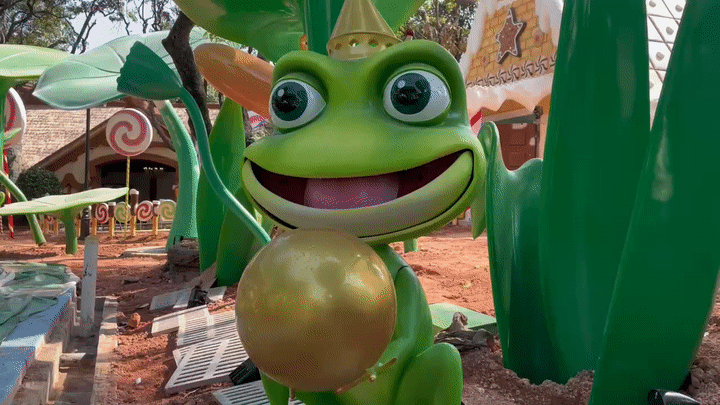
Artist Credentials and Authenticity Verification
When evaluating contemporary abstract steel art, verifying an artist’s credentials ensures both the legitimacy and long-term value of a piece. Established artists typically have documented exhibition histories, awards, or partnerships with recognized galleries or institutions. Reviewing these details helps confirm their professional standing and creative influence within the art community. For example, creators specializing in kinetic sculpture often publish technical notes or collaborate with engineering experts, adding layers of credibility to their work.
Authenticity verification involves checking certificates of origin, signed documentation, or gallery-issued provenance records. Reputable artists and dealers provide traceable histories for each piece, including details about fabrication techniques and material sourcing. Collectors should request third-party appraisals for high-value acquisitions, particularly when purchasing from private sellers or online platforms. In cases where documentation appears incomplete, contacting the artist’s studio or affiliated institutions can resolve discrepancies. This process not only safeguards against reproductions but also reinforces the artwork’s narrative, connecting it to broader artistic movements or innovative metalworking practices.
Material Quality and Longevity Considerations
When selecting contemporary abstract steel art, the choice of materials directly influences both aesthetic appeal and structural resilience. High-grade stainless steel or corten steel are common options, each offering distinct advantages. Stainless steel resists corrosion and maintains its polished finish, making it ideal for indoor displays or humid environments. Corten steel, known for its weathered patina, develops a rust-like surface over time while retaining structural integrity—a preferred choice for outdoor installations seeking an industrial aesthetic.
Durability hinges on protective treatments. Powder-coated finishes provide color stability and scratch resistance, while galvanized coatings prevent oxidation in harsh climates. For collectors, verifying compliance with industry standards (e.g., ASTM International certifications) ensures the artwork withstands environmental stressors. Thicker gauge steel (12-14 gauge) typically indicates robustness, though intricate designs may require thinner, precision-cut sheets.
Consider how material interactions affect long-term placement. Reflective surfaces demand frequent maintenance in high-traffic areas, whereas matte textures hide minor imperfections. By prioritizing quality craftsmanship and weather-appropriate alloys, buyers secure pieces that evolve gracefully, balancing visual impact with decades of functional use. This attention to material science seamlessly supports earlier discussions on scale and texture, while preparing for subsequent insights on lighting techniques.
Lighting Techniques to Highlight Steel Sculptures
Effective lighting transforms contemporary abstract steel art from a static object into a dynamic element within a space. Begin by assessing the sculpture’s reflective qualities—polished surfaces respond well to directional spotlights, which create sharp contrasts and emphasize geometric forms. For textured or oxidized steel, softer ambient lighting, such as wall washers or diffused LED strips, can enhance depth without overwhelming intricate details.
Consider the interplay of natural and artificial light: morning sunlight may accentuate warm metallic tones, while adjustable track lighting allows evening viewers to control shadows and highlights. Position fixtures at 30-45 degree angles to minimize glare while maximizing dimensional perception. In open-plan areas, layered lighting (combining overhead, accent, and task sources) ensures the piece remains visually engaging from multiple vantage points. Always test configurations during different times of day to achieve consistent impact, ensuring the artwork harmonizes with its environment as discussed in earlier sections on placement and scale.
Balancing Budget With Artistic Investment Value
When acquiring contemporary abstract steel art, financial considerations must align with the artwork’s potential to retain or appreciate in value. While factors like material quality and artist reputation influence pricing, establishing a clear budget range helps narrow options without compromising artistic merit. Start by researching emerging artists whose work demonstrates technical precision and conceptual depth—these pieces often offer stronger investment potential compared to mass-produced alternatives.
For cost-conscious buyers, limited-edition sculptures or smaller-scale works by established creators can deliver aesthetic impact while staying within budget. Galleries and direct artist collaborations may also provide flexible payment plans or leasing options. Crucially, prioritize artworks with documented provenance and corrosion-resistant steel alloys, as these details enhance long-term value. Balancing immediate costs with future returns requires evaluating how the piece complements evolving design trends while maintaining timeless appeal. By framing the purchase as both a creative enhancement and a strategic asset, collectors can achieve meaningful displays without overspending.
Conclusion
Selecting contemporary abstract steel art for impactful displays requires balancing aesthetic vision with practical considerations. As explored, factors like scale, texture, and placement act as foundational pillars, ensuring the artwork harmonizes with its environment while commanding attention. Equally critical is verifying artist credentials and material quality, which not only safeguard authenticity but also guarantee durability—a key aspect for both indoor and outdoor installations.
While budget constraints may influence choices, prioritizing timeless design over fleeting trends often yields long-term value. Lighting, when thoughtfully integrated, can amplify the interplay of shadows and metallic surfaces, transforming static sculptures into dynamic focal points. By synthesizing these elements, collectors and designers can curate spaces that resonate with modern sophistication, where steel art transcends decoration to become a narrative force. The final selection should reflect not just personal taste but an understanding of how form, function, and context coalesce to create lasting visual resonance.
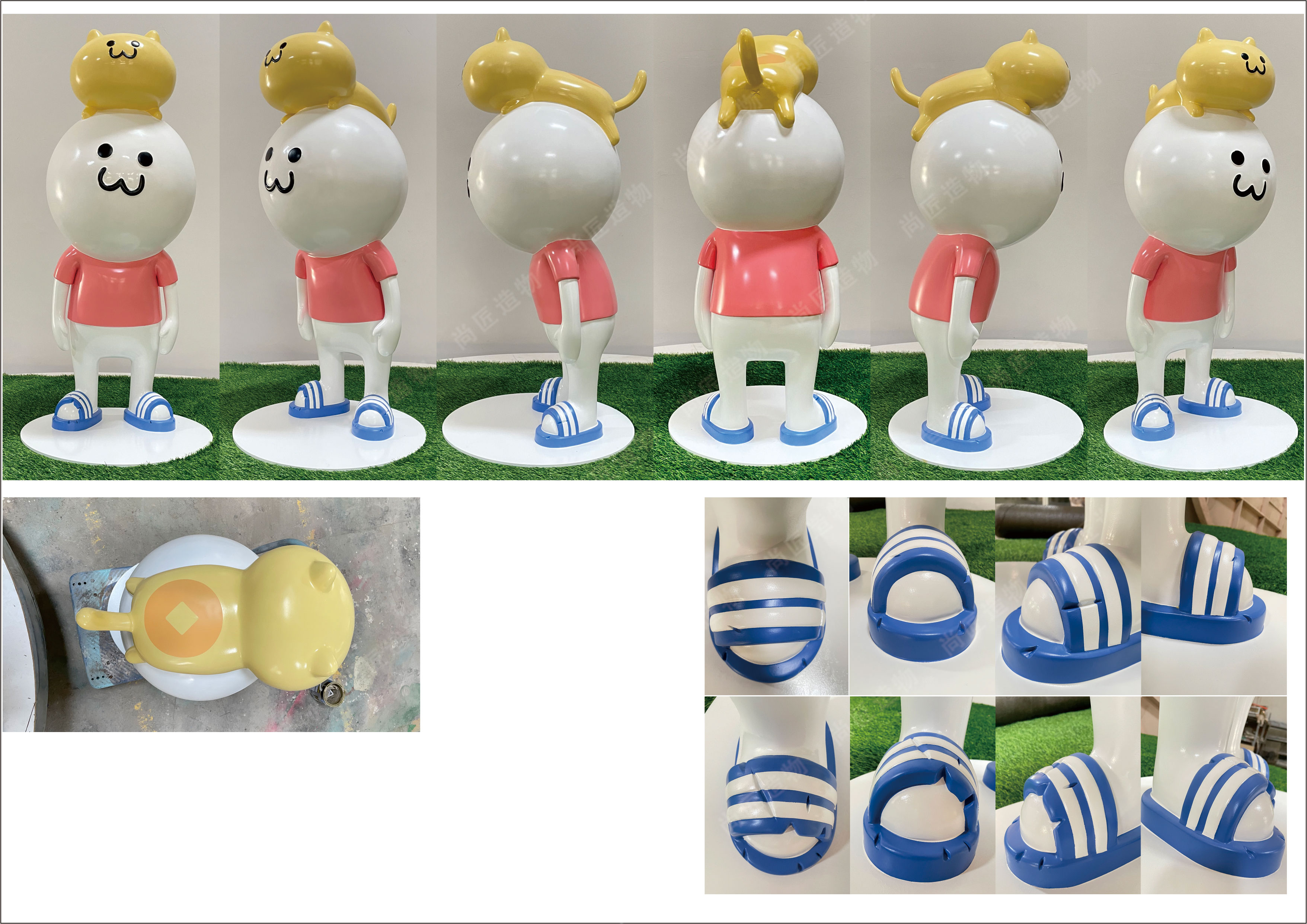
FAQs
How do I maintain the finish on contemporary steel art?
Regular dusting with a microfiber cloth preserves surface integrity. For outdoor pieces, apply protective wax every six months to combat weathering—this aligns with material longevity strategies discussed earlier.
What’s the ideal size for a steel sculpture in a small room?
Aim for pieces occupying 10-15% of the wall or floor space. Compact works with vertical lines, as noted in scale guidelines, can enhance perceived ceiling height without overwhelming tight areas.
Can abstract steel art work in traditional interiors?
Yes. Select pieces with organic textures or patinated finishes to bridge styles. As highlighted in placement dynamics, contrasting materials often amplify visual interest in eclectic settings.
How do I verify an artist’s reputation?
Cross-reference galleries, exhibition histories, and collector reviews. Authenticity documents, as emphasized in credentials verification, should accompany limited editions or signed works.
Are budget-friendly steel artworks durable?
Industrial-grade powder-coated options resist corrosion effectively. While investment-grade pieces use premium alloys, mid-range works can still achieve longevity with proper care, as outlined in material quality considerations.
Does lighting affect steel art differently than other mediums?
Absolutely. Angled LED spotlights accentuate metallic textures best. Avoid direct sunlight on polished surfaces to prevent glare—complementing earlier lighting techniques for dimensional emphasis.
 ch
ch English
English

